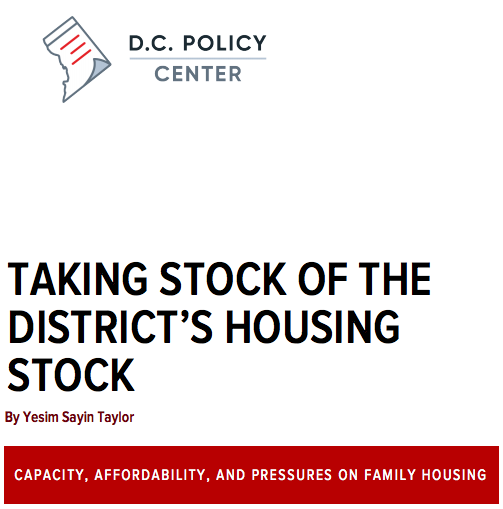What City Observatory did this week
1. Gentrification and integration in DC schools and neighborhoods. A recent study looks at changes in school enrollment in the most gentrified neighborhoods in Washington DC over the past 15 years. Historically, DC schools have been hyper-segregated, but that’s started to change; the number of white children enrolled in public schools is up sharply (though its clear not all white families in gentrifying neighborhoods are sending their kids to public schools). But overall, enrollments have increased substantially, and the number of black students in K-12 schools has also risen, even as these neighborhoods have gentrified. These developments signal that, contrary to stereotype, gentrification has not led to a childless city. We look at the roles that the district’s system of universal pre-kindergarten and charter schools are playing in these trends.
2. How segregation limits opportunity. We take a close look at two academic studies that examine the connections between segregation and economic outcomes. One study examines educational differences between segregated and non-segregated cities. It finds children of color do better academically in less segregated places and that white children do no worse in such cities. Another study looks at the factors driving increased income segregation in cities, and finds that it is largely the movement of higher income households-the secession of the successful-that is behind income segregation.
3. Gentrification isn’t ending; it’s a continuing challenge we need to address. We feature another guest post from Alex Baca. A recent post in Washington’s City Paper posed the question “will gentrification ever end?” Too often, Baca argues, we frame gentrification as somehow the fault of others, whether it’s neighborhood newcomers, rapacious developers or international investors. That diverts our attention from the role that zoning and other land use constraints have in constricting the supply of housing and in driving up rents. Short of more comprehensively pro-housing policies, which are well within a city’s control, we’re unlikely to see much relief.
Must read
1. Washington DC’s housing mismatch. A new study from the DC Policy Center takes a highly nuanced view of the local housing market. Rather than focusing just on aggregate supply and demand (and there’s little question that the District faces an overall shortage), the policy center examines the mismatch between the sizes, locations and amenities of different parts of the housing stock and the households that occupy them. A key challenge is that more affluent households, including childless couples (often older) and singles are in a position to outbid lower income households, especially families, for housing. The district suffers from a lack of starter housing (affordable to young families) and this has intensified segregation. The least and most affordable housing units in the District are located in neighborhoods that are completely separated from each other, at opposite ends of the city. A short summary as well as the full report are available on line. This kind of detailed, market-wide analysis of trends is a powerful way to understand the nature of urban housing problems.
2. The gnarly problem of siting low income housing in Houston. Houston is soon expected to receive a large dose of federal support to help rebuild housing in the wake of Hurricane Harvey. It’s an opportunity, as the city’s mayor has said, to rethink the city’s future. The challenge: the city still hasn’t been able to figure out how to spend similar aid it got in the wake of Hurricane Ike, a decade ago. The city has run into opposition in low income neighborhoods (where the new construction will simply reinforce segregation) and in higher income neighborhoods (where current residents fear that subsidized housing will lead to greater crime and lower property values). It’s a graphic reminder of how even in reputedly market-oriented and zoning-free Houston, that it’s hard to undo housing segregation.
In the news
Alan Ehrenhalt, writing at Governing, quotes City Observatory’s debunking on the “Peak Millennial” claims, in an article entitled: “Cities or Suburbs? What do Millennials really want?”
The editors of the Oregonian cited City Observatory Director Joe Cortright’s analysis of housing supply and demand in their editorial “Portland City Council needs to reset its compass.”



